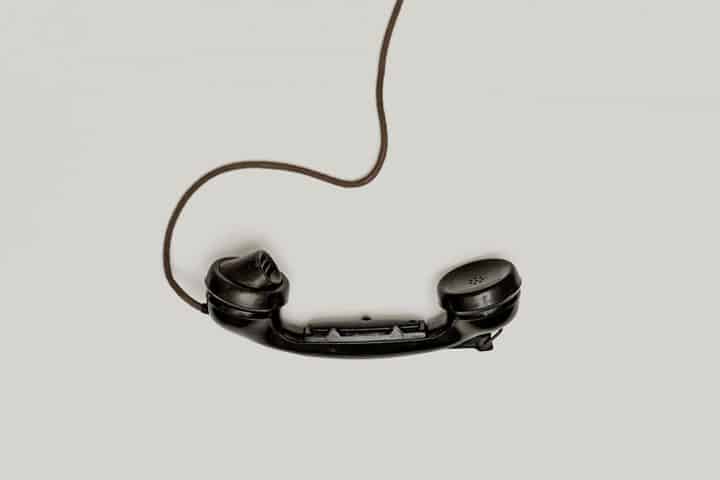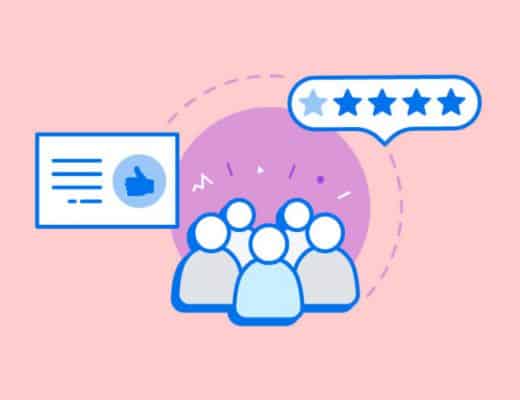For customer-focused teams, “churn” is a cringe-inducing word. Simply put, churn is when a customer ends their relationship with a business by unsubscribing or canceling. And for teams whose ultimate goal is to help customers succeed, it can feel like a failure. But it’s not just a feeling of disappointment that comes along with churn, it’s also a significant loss of revenue.
Research has shown that getting a new customer is anywhere from five to 25 times more expensive than keeping a current one. Another survey found that customer retention is the main driver of a company’s revenue. Yet another found that U.S. companies lose $136.8 billion a year due to avoidable churn.
Needless to say, preventing and reducing churn is important. Yet surprisingly enough, 2 out of 3 companies have no strategy for it.
Many businesses today are still just focused on reactive customer support, wherein the team waits to be contacted by customers who experience a problem. A proactive strategy, on the other hand, can be a major leverage point for reducing churn, and businesses who act proactively will be the ones to pull ahead.
Learn why customers churn
Customers don’t just leave for no reason. In every business, there are a myriad of possible reasons why customers decide to walk away. If you don’t know what’s driving customers to churn, then you’re not equipped to prevent it.
When customers choose to cancel, take the opportunity to learn why. A short exit survey can help you find out what fell short and what can be improved. Another way to head customers off at the pass even earlier is to review feedback from your Customer Satisfaction (CSAT) and Net Promoter Score (NPS) surveys to identify common pain points.
Knowing the common problems allows you to be proactive in solving those problems for your customer base, thereby reducing churn.
Guide customers to success
Preventing churn starts well before a customer is even thinking about canceling. Arguably, it starts even before onboarding, when a customer is considering purchasing. Sales and marketing messaging should match what the product actually provides. Otherwise, customers will churn because they’re not getting what they were promised or need. Here, the customer service management software comes into play.
Aside from that, onboarding is one of the biggest opportunities for being proactive and setting customers up for success to avoid churn later down the line. Instead of waiting for new customers to reach out with an issue, educate and communicate with them first, with the goal of helping them understand your product and the value in using it.
Educational resources can come in many forms like in-product messaging, webinars, how-to blog posts, getting started guides or knowledge base articles, or short welcome videos. Make these resources available throughout the onboarding experience, and send the most important ones through email over the course of the first few days. The point is to help a customer find value in your product as quickly as possible.
From there, continue to provide resources and engage with your customers throughout their lifecycle. Once they’ve grasped the basics, you can help them use more advanced features or best practices. As your product evolves, keep them in the loop on new features and services. And when they hit important milestones, like growing their team, stay in touch to ensure their changing needs are being met.
Nurturing customers by engaging them with resources and being available to help them not only leads them to success and inspire them to stick around, but it also builds a strong relationship that can guard against churn in times of stress. As an added benefit, creating and sharing resources can reduce the number of individuals “how to” questions from customers, leading to more efficient and scalable support operations.
Anticipate needs
When issues come in through the customer support queue, a team has no choice but to react as best they can. Often times, the customer is already frustrated from having to find your contact information, describe their problem, and wait for a resolution. The relationship is frayed and takes significant effort to repair.
And for every customer who complains, there are many more who don’t. In fact, only 1 out of 26 unhappy customers complain. The rest could churn without even sharing their frustrations with you. When unhappy customers don’t contact a company, then there’s little chance of solving their problem or salvaging the relationship, which leads to churn. Furthermore, when customers don’t speak up, then teams can be left in the dark about what’s going wrong.
Proactive customer support can reach customers who are experiencing an issue but wouldn’t have gone through the effort of contacting support. It can also reach customers who would have contacted support, but when you beat them to the punch, it shows vigilance and dedication to their experience, which builds trust.
Proactive support
Proactive customer support can be as simple as providing a robust knowledge base, perhaps in coordination with a chatbot, so customers can find faster answers on their own.
More broadly, it’s finding and fixing problems before they happen, as well as providing help before it’s requested. As you might imagine, this can come in many forms, but it could look like:
- Monitoring your application to fix things before customers tell you they’re broken.
- Sending chat messages to customers who seem to be stuck. For example, when they display behavior like navigating back and forth many times between a product page and the shopping cart page, they may need help deciding on size.
- Emailing customers before their credit cards expire.
- Messaging customers to let them know that their shipments will be late.
Proactive support can also come in the form of admitting mistakes. If you know that you’ve made a mistake that’s going to impact customers, it’s much better to come clean and apologize than to wait for them to come knocking on your door.
For example, if a new release has broken another part of the product, let customers know immediately. This will demonstrate integrity, as well as inform customers that you’re actively working on the issue, which will prevent unnecessary volume. Pushing an outbound message is also a way to get answers to more customers, faster.
Monitor usage
Before churning, many customers may display warning signs. These warning signs could be straightforward, like navigating to the cancellation page or logging in less frequently. Other indicators that a customer might be at risk of churning could include not utilizing a certain important feature or not getting to certain team size. There may also be common time periods when customers typically leave, such as at 30, 60, or 90 days.
Analyze churned customers to uncover potential warning signs and commonalities in terms of product and feature usage and other behaviors. Once you find the commonalities, you can reach out to customers who display at-risk patterns to re-engage them, answer questions, solve problems, and hopefully turn them around.
Putting it all together
A proactive approach requires different strategies than just relying on reactive support. But by being mindful of potential pitfalls and product weaknesses, you can learn why churn happens, fix the structural issues that cause it, deflect problems before they arise, and catch customers who might be thinking of churning to turn them around. All this leads to better customer experience, high retention, and more long-term customers.
While this might sound like a lot of extra effort, an effective proactive strategy can actually reduce contact volume, with one study showing a reduction of up to 30%. It’s less like added work, and more like different work, work that will have a bigger impact on churn, boosting retention by up to 5%.







